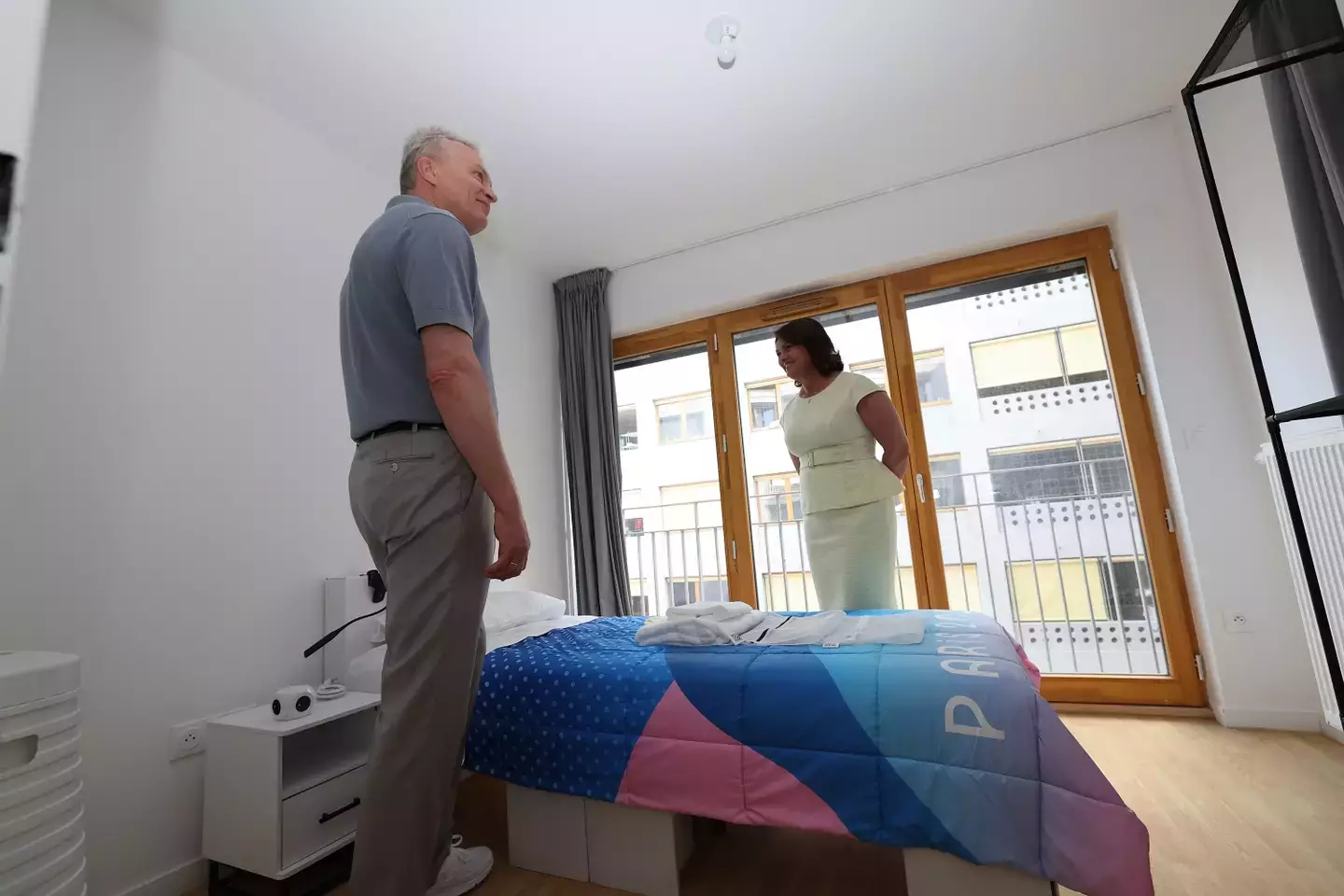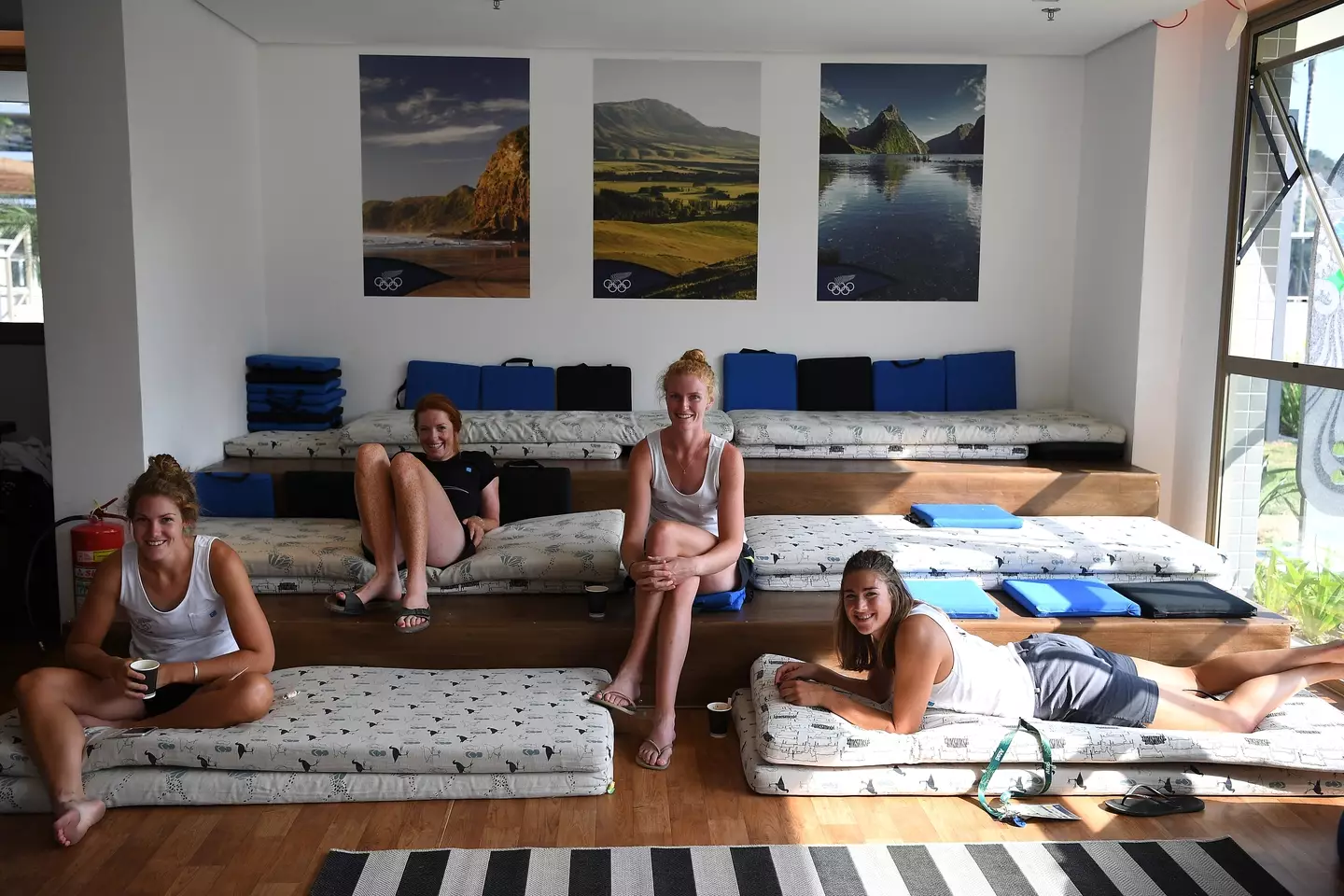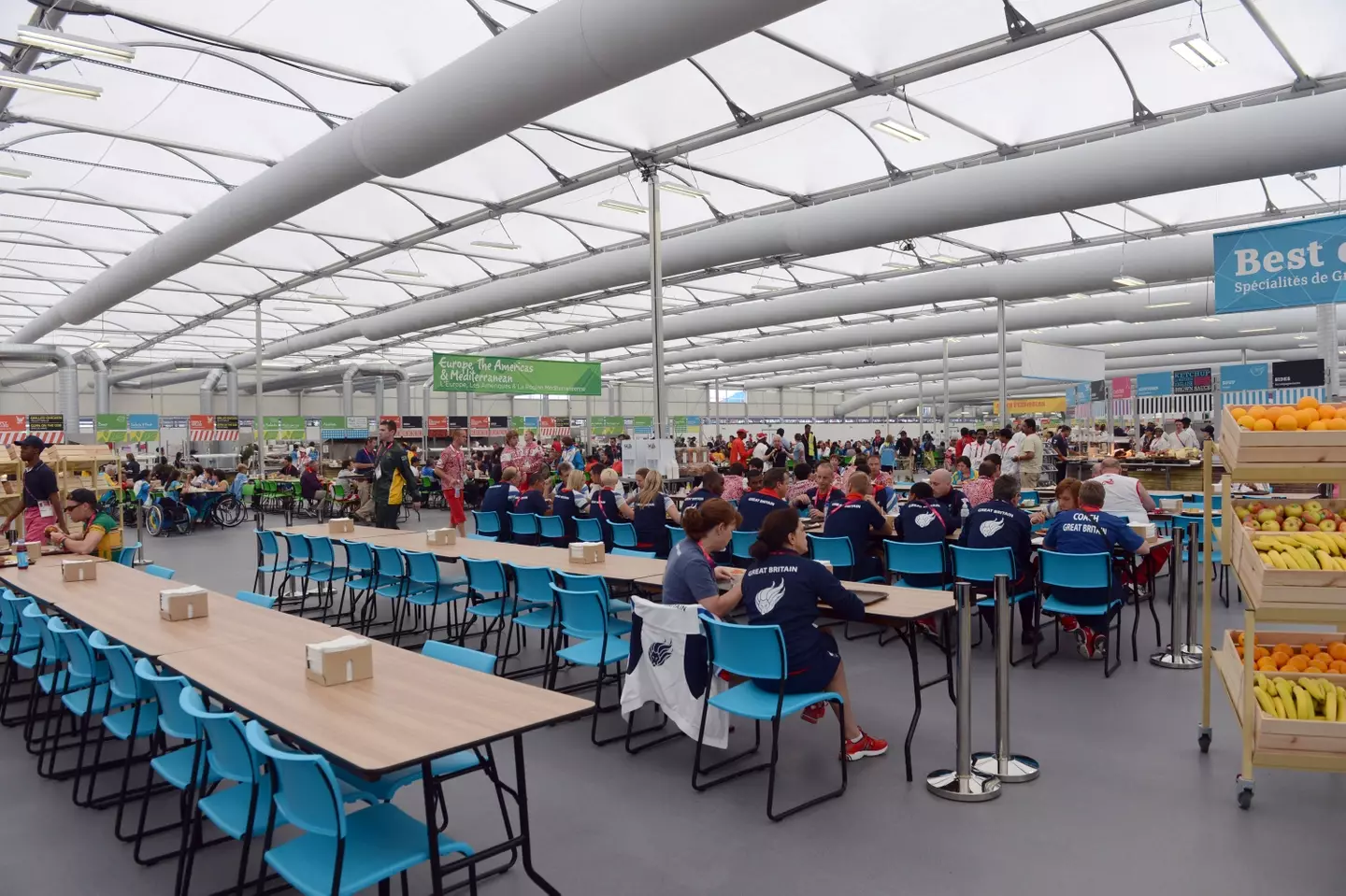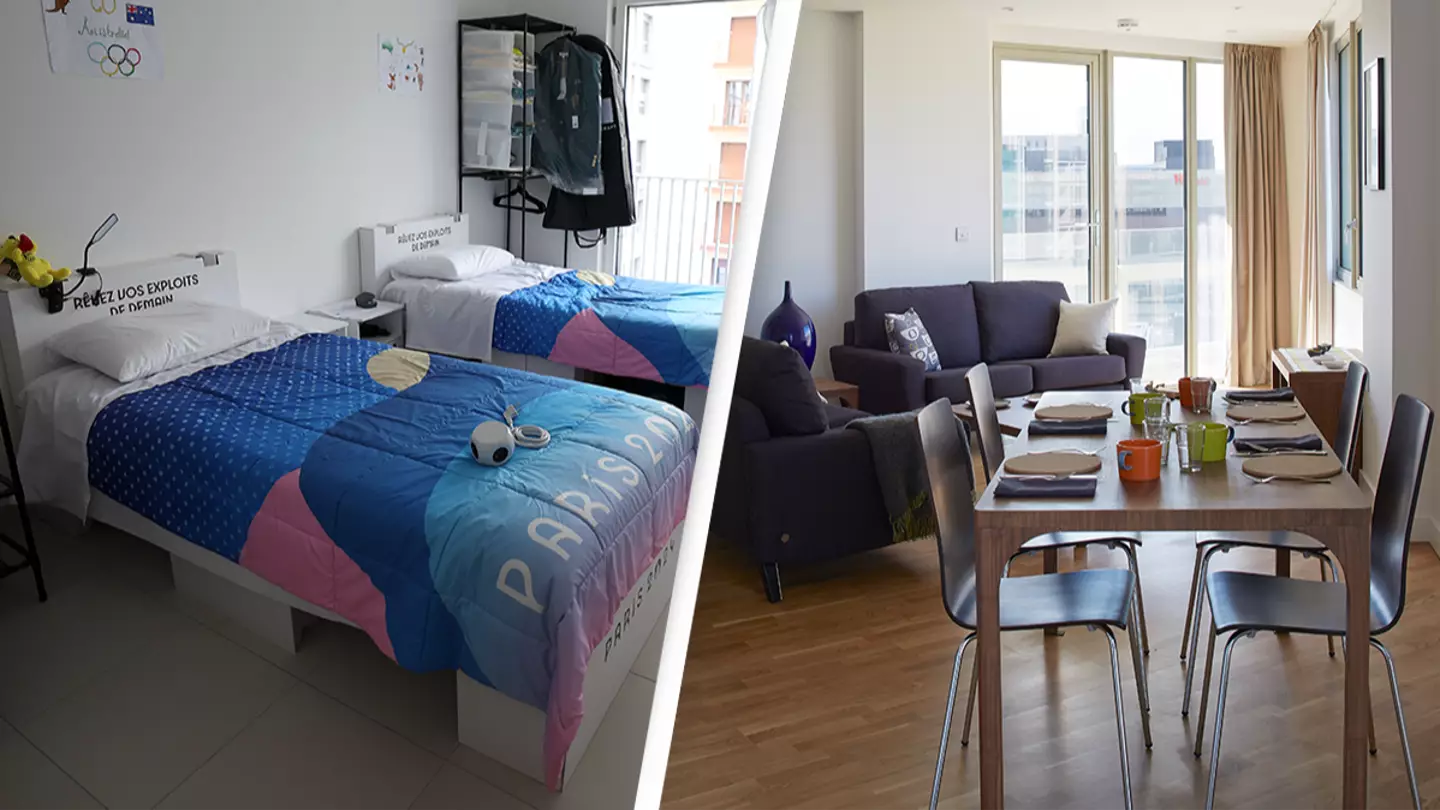The buzz around the Olympic games these days isn’t just about the competitions, but also about the villages where athletes reside between events, sparking much discussion.
This year’s accommodations have drawn comparisons to those of previous Olympics.
From my perspective, the Paris 2024 Olympics have been exciting, filled with tense moments and dramatic finishes. However, outside the competition arenas, not everyone has been thrilled.
The discontent comes not from fans or spectators, but from the athletes themselves, who have expressed dissatisfaction with the living conditions in the Olympic village.
One might expect these top-tier athletes to enjoy superior accommodations. As the saying goes, a good night’s sleep is crucial for peak performance, right?
Australian athlete Ariarne Titmus even suggested that the conditions in the Paris Olympic village impacted her performance, despite winning gold in the 400m freestyle race.
Ouch.

The Paris Games feature three villages, located in the northern suburbs of Saint-Denis, Saint Ouen, and L’Île-Saint-Denis.
This year, the focus has been on sustainability, utilizing repurposed industrial buildings for amenities and accommodations. The beds are made from recycled cardboard, intended for reuse post-games. The minimalist rooms and reduced meat and egg offerings aim to cut the carbon footprint significantly, striving to make these the greenest games yet.
But how do these accommodations measure up to past Olympic villages?
In 2016, Brazil constructed the largest Olympic Village ever, with a capacity for nearly 18,000 people and a total of 3,604 apartments.
Each apartment featured three to four bedrooms, a hall, a balcony, and laundry services. The village also had multiple restaurants, shops, cafes, and a transport terminal along its main street.
Sounds ideal, right?
However, some officials deemed the village unsafe and unlivable.
Reports emerged just two weeks before the games about major plumbing and electrical issues, blocked toilets, leaking pipes, and exposed wiring. So, perhaps the athletes this year are better off, even with cardboard beds and more vegan food options.

The London Olympics aimed for sustainability and received positive feedback from athletes.
Architects created temporary partitions for a ‘hotel’ style feel in 3,300 apartments for approximately 17,000 athletes. Each unit had a TV, internet, and private courtyard.
Temporary buildings included a 24-hour food hall and an entertainment hall. Perhaps the French organizers could take some tips from the Brits on better accommodations.

If I were competing for gold, I’d prefer the 2000 Sydney Olympic Village.
A new suburb was created, complete with its own private beach, parks, open spaces, and art installations. This redevelopment included a neighborhood built around the village.
To cut costs, the Los Angeles Olympics spread accommodations across various university campuses (USC, UCLA, UCSB), yet still provided perks like discos, video games, and coffee houses. However, no alcohol was served, so celebratory drinks had to be discreet or delayed.
The 1972 Munich Olympic Village was lauded for its avant-garde architecture, featuring 801 spacious apartments in a concrete high-rise block, divided into male and female sections.
The village’s traffic-free streets were eco-friendly, but the venue’s legacy is overshadowed by the tragic terrorist attack.
Let’s hope future Olympics can address the criticisms from Paris and improve the athlete experience.

